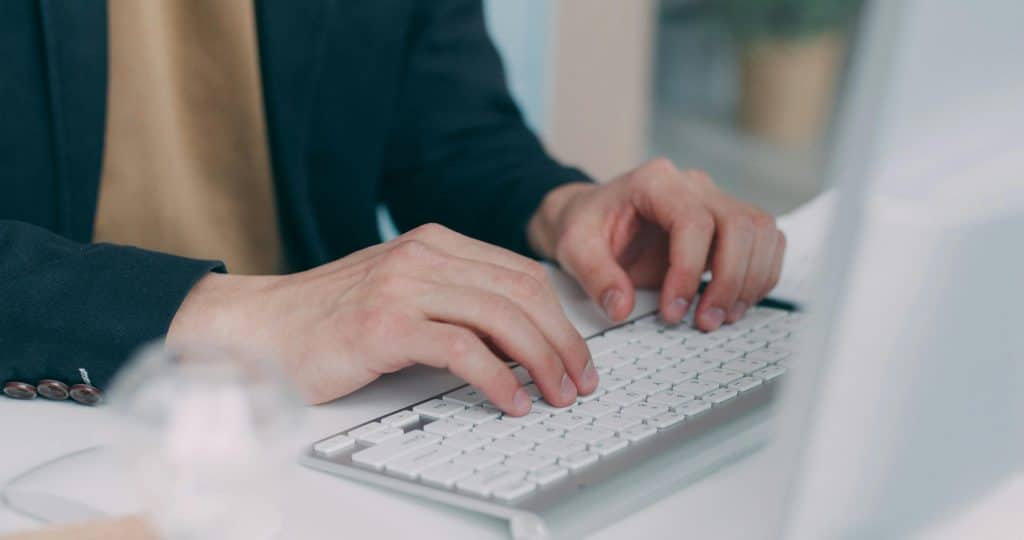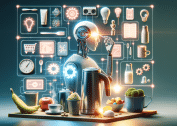In a time when nearly every part of our day is mediated by a screen, the idea of stepping away from technology isn’t just refreshing—it’s essential. Digital detoxes lead to deeper mental clarity because they interrupt the constant input, allowing our brains to reset, process, and reflect without distraction. From sleep quality to attention span, the benefits of temporary disconnection are now backed by neuroscience, psychology, and even productivity data.
What’s changing in 2025 isn’t the need for detox—but the way people are doing it. With AI-driven tools, smart notifications, and a global rise in burnout-related illness, digital detoxes are evolving from weekend retreats into integrated routines. We’re seeing a cultural shift away from 24/7 availability and toward deliberate digital boundaries.

The Current Landscape: Why Digital Detox Is a Rising Trend
According to a 2024 report from the American Psychological Association, 65% of U.S. adults say they sometimes feel “mentally exhausted” by the amount of digital information they consume daily. This is no longer just a matter of preference—it’s a mental health issue.
Key factors driving the trend:
- Information overload: Too many inputs with too little processing time.
- Context switching fatigue: Constant toggling between apps, notifications, and conversations erodes attention.
- Sleep disruption: Late-night screen time interferes with melatonin release, reducing sleep quality.
- Decreased focus: A 2023 Microsoft study showed that people check their phones an average of 96 times per day—or once every 10 minutes.
What’s emerging now is not just the recommendation to unplug—but a structured way to do so that fits into modern life.
What Happens to Your Brain During a Digital Detox?
Digital detoxes lead to deeper mental clarity because they reduce cognitive load and reestablish attention regulation.
Here’s what actually happens:
- Restored attentional control: Your prefrontal cortex—the brain’s “executive center”—has a chance to focus on one task at a time, improving decision-making and emotional regulation.
- Reduced cortisol levels: Continuous phone notifications and information overload are associated with elevated cortisol (the stress hormone). Disconnecting helps normalize these levels.
- Improved working memory: Studies show that even the presence of a smartphone can reduce available working memory.
- Default mode network activation: When we’re not distracted, our brains enter a “default” mode associated with creativity, problem-solving, and reflection.
Types of Digital Detoxes People Are Practicing in 2025
People are becoming more intentional about the format and frequency of their detoxes. The key is adaptability: not every detox needs to be a full unplug.
1. Micro-detoxes
- Turning off notifications for an hour at a time
- Using “focus modes” built into Android and iOS
- Taking short screen-free walks during the workday
2. Evening Shutdown Rituals
- Setting device curfews (e.g., no screens after 8:30 p.m.)
- Using blue light filters or switching to physical books at night
3. Scheduled Disconnection Days
- One day a week with no social media
- No email or Slack on Saturdays
4. Full Weekend or Retreat Detoxes
- Tech-free weekends in nature
- Attending structured digital detox retreats
Apps like Freedom and One Sec are gaining popularity for helping users create boundaries by blocking access or inserting delay friction to interrupt compulsive app usage.
How to Create a Personal Digital Detox Plan That Works
It’s easy to say “log off”—but harder to stick with it. Here’s a practical approach to creating a digital detox plan that works for your lifestyle.
Step 1: Audit Your Screen Time
Use built-in tools like Apple Screen Time or Digital Wellbeing for Android to review your daily averages. Identify patterns and problem apps.
Step 2: Define Your Goal
Is your detox about reducing anxiety? Improving sleep? Boosting focus? Your goal will determine the structure and tools you choose.
Step 3: Set Rules (Not Punishments)
Examples:
- No screens during meals
- Social media only between 6–7 p.m.
- Email checked three times per day max
Step 4: Create a Substitute Habit
Replacing screen time with something tangible increases success. Read, journal, cook, take walks, or do puzzles—anything that brings tactile or analog satisfaction.
Step 5: Share Your Intentions
Let friends or co-workers know if you’ll be unreachable during certain periods. This creates accountability and reduces FOMO (Fear of Missing Out).
Benefits You’ll Notice After a Digital Detox
Clearer Thinking
Decision fatigue drops dramatically when we reduce micro-distractions.
Better Sleep
No screens before bed = faster sleep onset and deeper REM cycles.
More Presence
You notice your surroundings, conversations, and inner thoughts more clearly.
Lower Anxiety
Without the constant feed of alerts, your nervous system can return to baseline.
A study from the University of Bath found that even a one-week break from social media significantly improved participants’ well-being, sleep, and overall focus.
What Tech Companies Are Doing About It
Interestingly, the movement isn’t anti-tech—it’s pro-boundary. Even the major platforms are getting involved.
Examples:
- Apple’s Focus Mode lets users segment apps and contacts by time of day or activity.
- Android’s Digital Wellbeing Dashboard gives granular control over app limits.
- Instagram and TikTok now prompt users to take breaks after extended use.
These tools reflect a broader shift: tech platforms are realizing that healthier usage is a long-term necessity, not just an ethical add-on.
Why Digital Detoxes Lead to Deeper Mental Clarity—Especially Now
The pace of information is not going to slow down. In fact, generative AI, hyper-personalized feeds, and instant messaging are accelerating how much we’re exposed to. Amid this, a digital detox isn’t a retreat—it’s a resistance strategy.
By creating space between yourself and constant input, you allow deeper thinking to emerge:
- Ideas have time to connect
- Emotions get processed instead of buried
- Attention can stay on one task long enough to reach insight
This is why digital detoxes lead to deeper mental clarity—they offer recovery time for the mind, just like rest days do for the body.
Conclusion
Detoxing doesn’t mean abandoning tech altogether. It means reclaiming control over how, when, and why you use it. In 2025, with more people designing their own rhythms of rest and re-engagement, the trend is less about withdrawal and more about balance.
And balance is where clarity begins.
References
- American Psychological Association – “Stress in America 2024” https://www.apa.org/news/press/releases/stress/2024/report
- Microsoft Research – “Digital Habits and Attention Spans”https://www.microsoft.com/en-us/research/publication/digital-lives-2023
- Ward, A. F., et al. (2017). “Brain Drain: The Mere Presence of One’s Own Smartphone Reduces Available Cognitive Capacity”https://www.journals.uchicago.edu/doi/full/10.1086/691462
- University of Bath – “Social Media Break Improves Mental Health”https://www.bath.ac.uk/announcements/taking-a-break-from-social-media-improves-mental-health/









